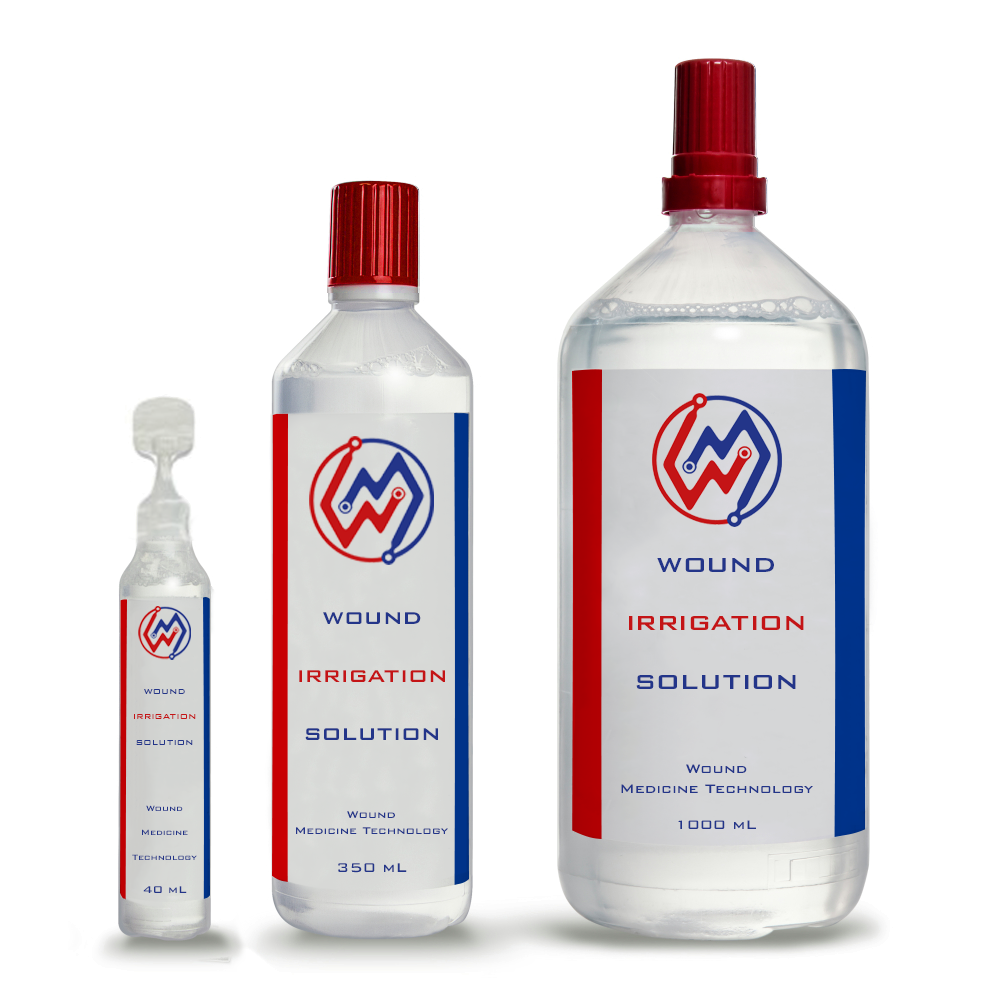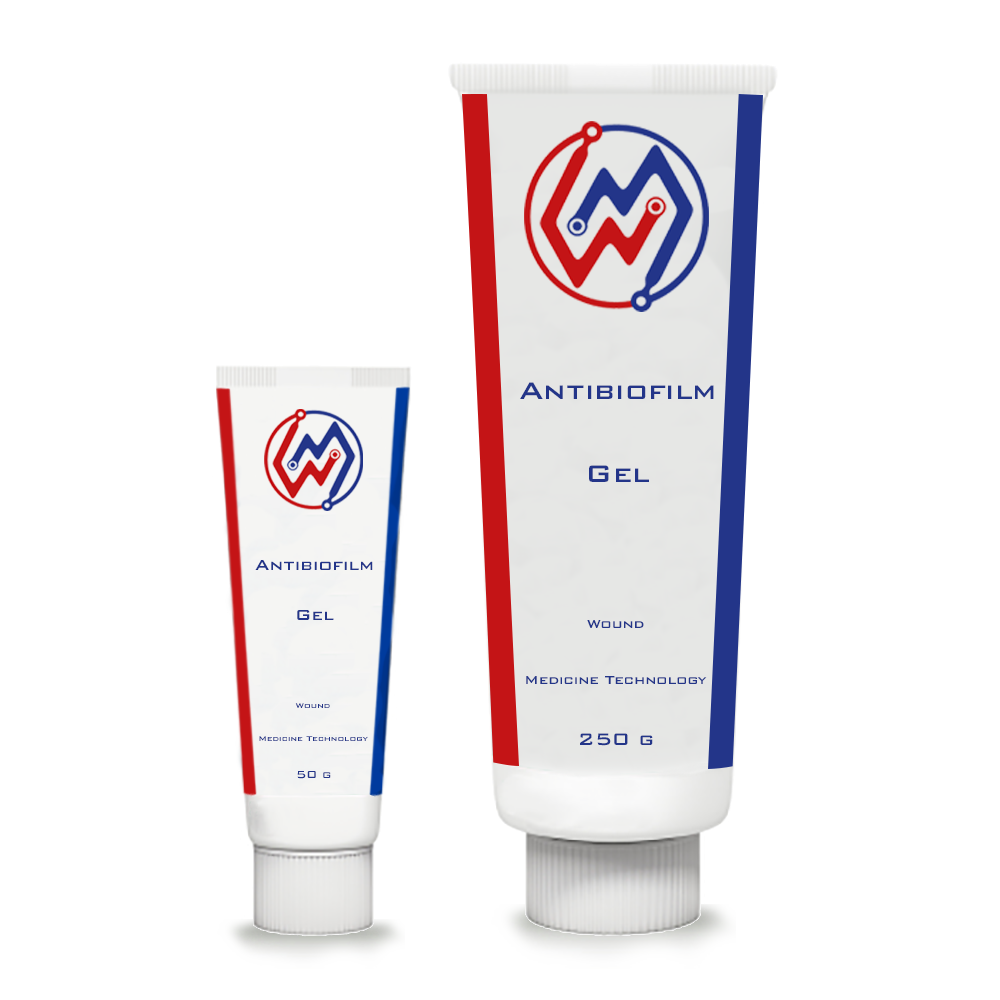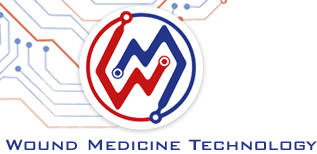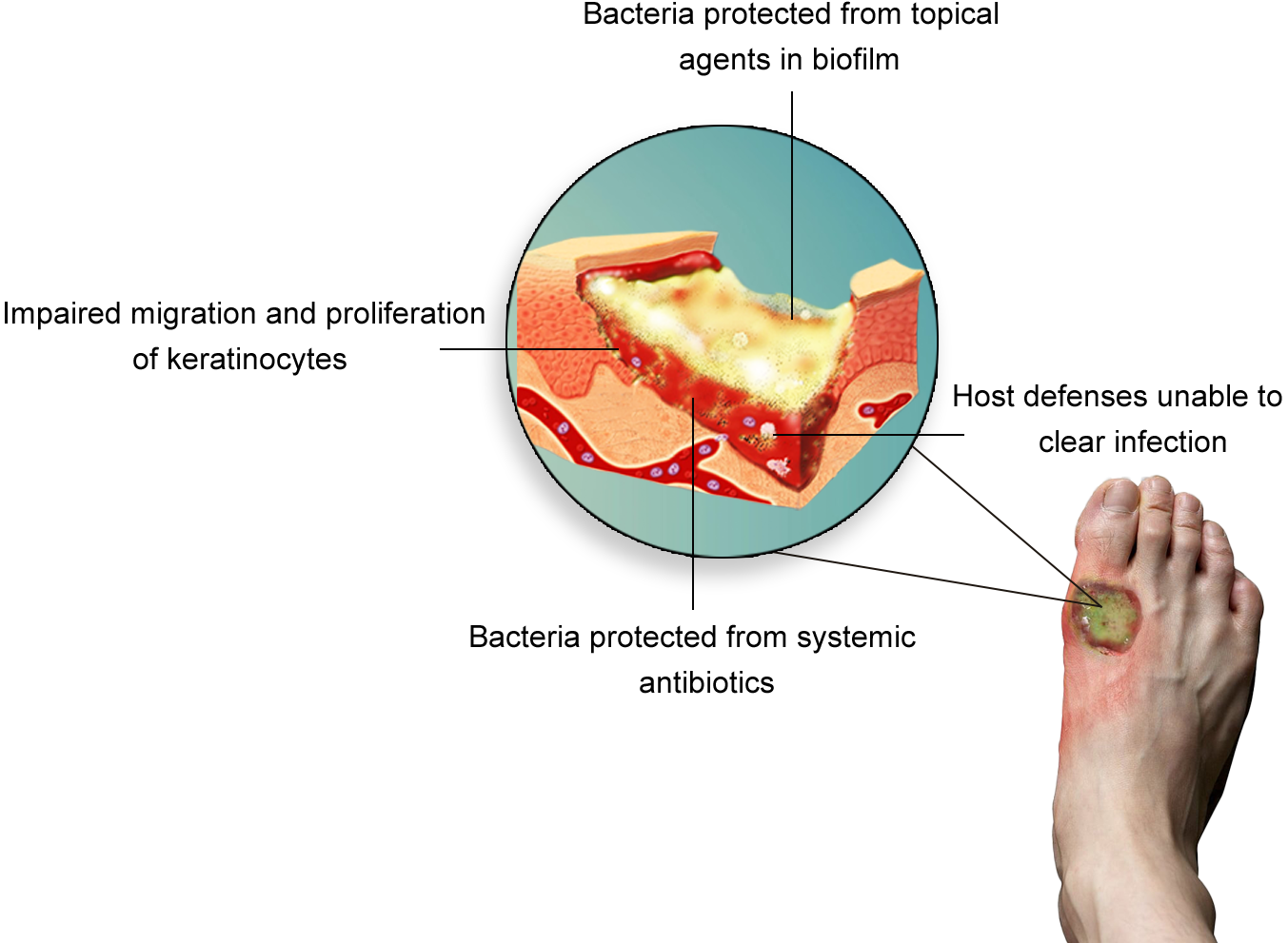Irrigation Solution and Antibiofilm Gel
Biofilm is a polymeric substance made by bacteria infection on wounds, and more than 90% of chronic wounds are involved with biofilms.
Contamination
1.Free floating bacteria attach to wound surface
Colonisation
2.Bacteria multiply and become firmly attached to wound bed
3.Secondary bacterial species are added in further
Biofilm development
4.Develop initial EPS and become increasingly tolerant
Spreading leads to systemic infections
5.Mature biofilm releases bacteria causing recolonisation, which results in a never ending biofilm cycle.
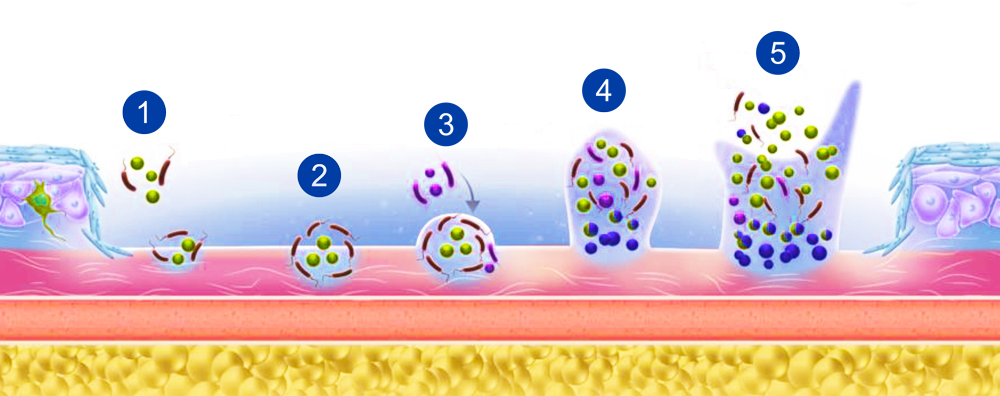
These biopolymers help the bacteria colonize on the wound surface and protect them from systemic (oral) and topical antibiotics. Saline wash (0.9% sodium chloride) or drinking water is not effective in biofilms removal from the wound surface, subsequently decreasing treatment efficiency.
In case of defective cleaning of biofilms from the wound surface, it will prolong the inflammation phase which results in healing process disruption followed by chronic wounds.
Specifically, in a diabetic patient chronic infection can lead to organ amputation.
For an optimized biofilm and necrotic tissue removal from the wound surface by our wound irrigation solution, it is necessary to keep the deeper layers of cells on the wound surface moist for a longer period of time.
Today, preventing biofilms formation and its’ clearance from chronic wounds sites is rapidly becoming the primary goal of wound care.
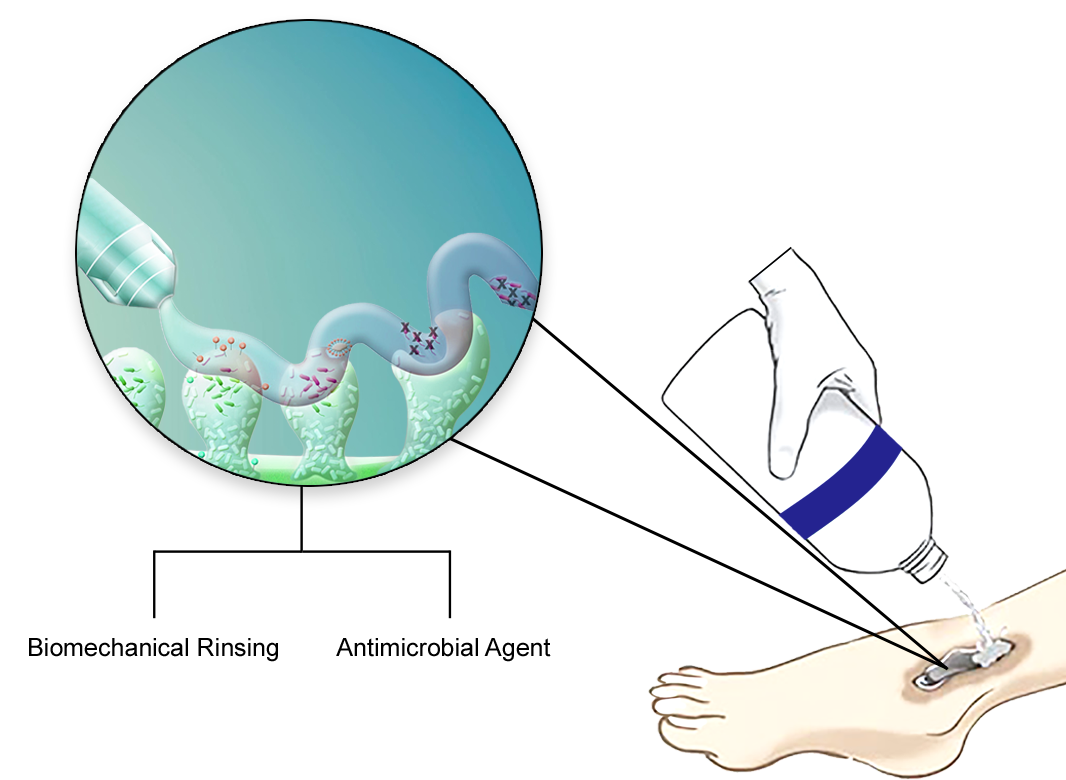
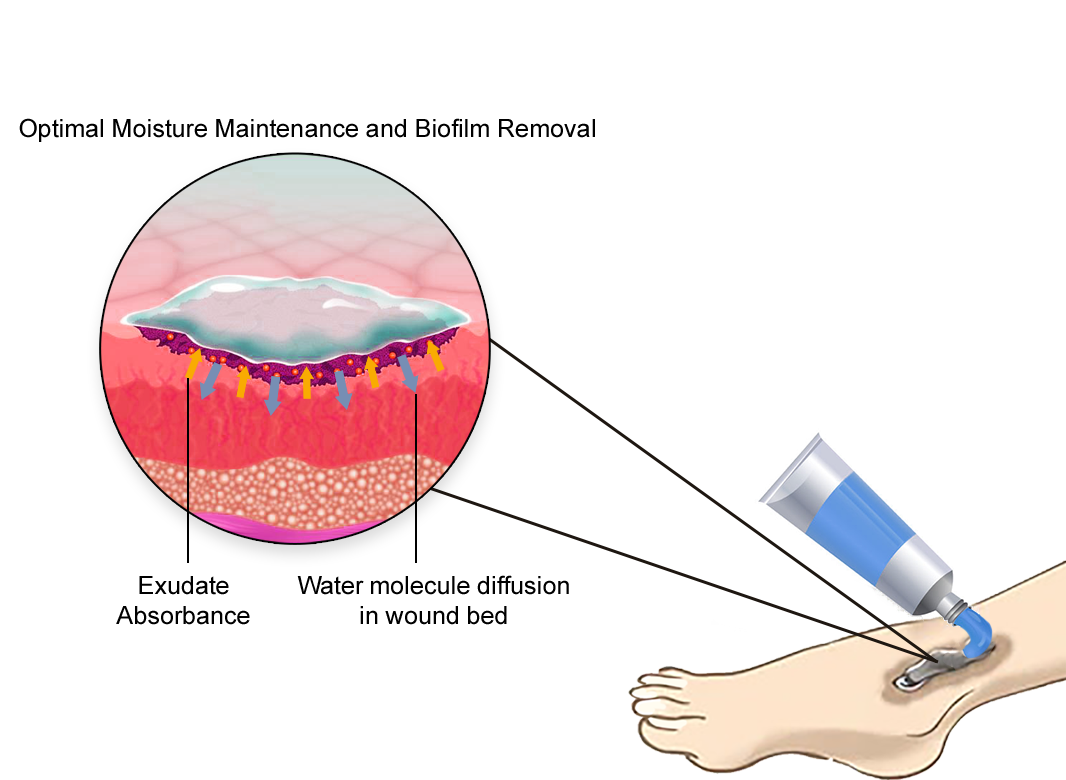
Gel and Solution
Researchers in wound medicine technology R&D, have developed a biocompatible solution with anti-biofilm properties for irrigation and cleansing of acute and chronic wounds.
In wound medicine technology, we have developed a special gel to prepare the wound bed for optimal cleansing and new dressing application.
